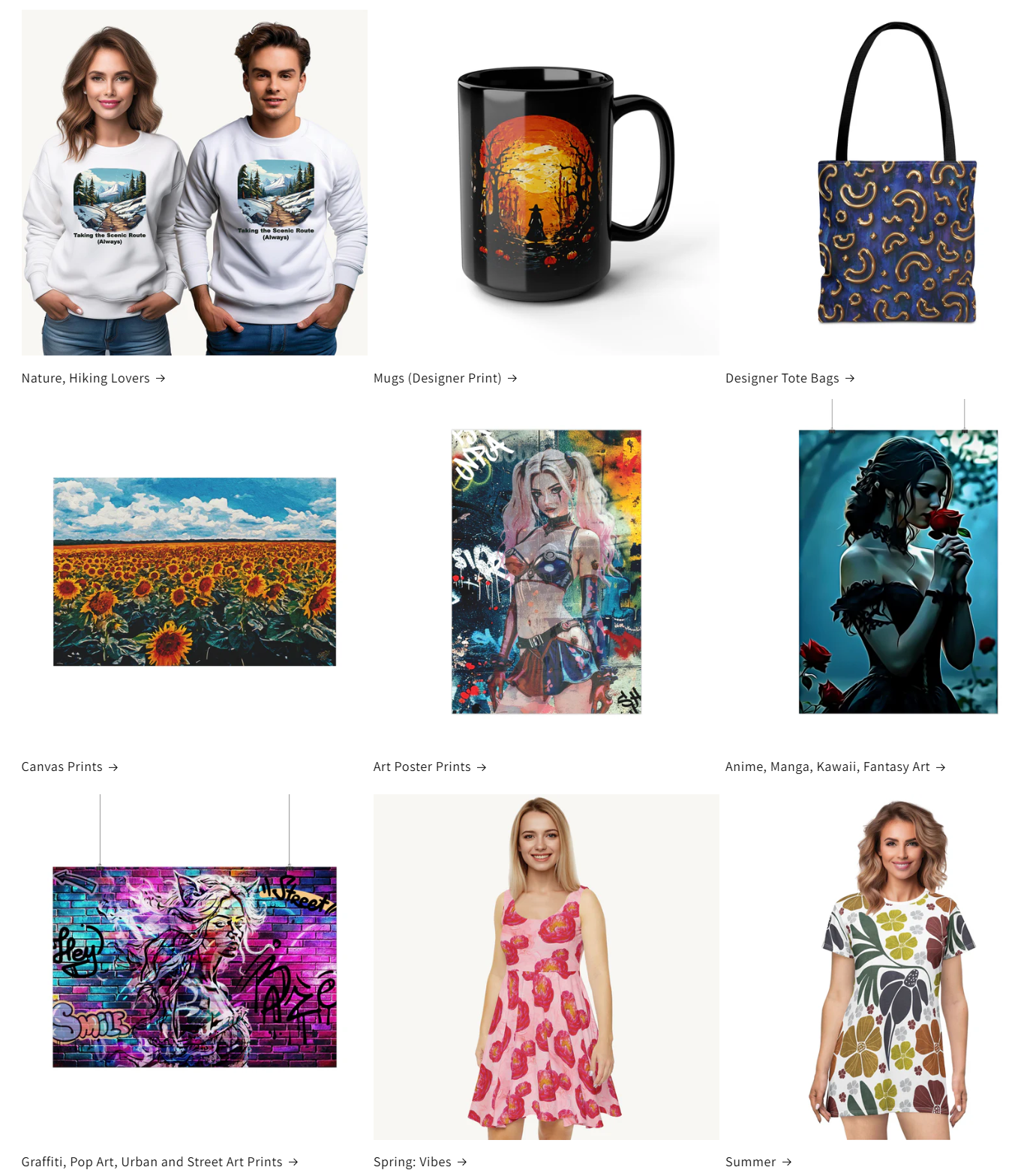Scandinavian Myths and Legends: Stories from the North
The crackling fire casts dancing shadows on the walls of the small cabin, and I pull my woolen blanket tighter around my shoulders. Outside, the wind howls through the pine trees, carrying with it the whispers of ancient tales. I've come to this remote corner of Sweden to immerse myself in the rich tapestry of Scandinavian folklore, and as I sit here, notebook in hand, I can almost feel the presence of the gods, giants, and magical creatures that have captivated generations of storytellers.
THE WORLD AROUND US
Michael
7/25/202411 min read


Whispers from the North:
My Journey Through Scandinavian Myths and Legends
The crackling fire casts dancing shadows on the walls of the small cabin, and I pull my woolen blanket tighter around my shoulders. Outside, the wind howls through the pine trees, carrying with it the whispers of ancient tales. I've come to this remote corner of Sweden to immerse myself in the rich tapestry of Scandinavian folklore, and as I sit here, notebook in hand, I can almost feel the presence of the gods, giants, and magical creatures that have captivated generations of storytellers.
My fascination with Norse mythology began years ago when I first picked up a battered copy of the Prose Edda from a secondhand bookstore. Since then, I've devoured every scrap of information I could find about the legends of the North. But it wasn't until I set foot on Scandinavian soil that I truly began to understand the power these stories hold over the land and its people.
In this blog post, I want to share with you some of the most fascinating myths and legends I've encountered during my travels through Sweden, Norway, and Denmark. From the cosmic drama of the Norse gods to the mischievous antics of trolls and elves, these tales offer a glimpse into the heart and soul of Scandinavian culture.
The Creation of the World: Yggdrasil and the Nine Realms
Let's start at the beginning – quite literally. According to Norse mythology, the universe is centered around an enormous ash tree called Yggdrasil. This cosmic tree connects and sustains the Nine Realms of existence. As I hiked through the ancient forests of Sweden, I couldn't help but see Yggdrasil in every towering pine and sturdy oak.
The Nine Realms, each occupying a different level of Yggdrasil, are:
Asgard: Home of the Aesir gods, including Odin, Thor, and Frigg
Vanaheim: Realm of the Vanir gods, associated with nature and fertility
Alfheim: Land of the light elves
Midgard: The human world, our Earth
Jotunheim: Realm of the giants
Nidavellir (or Svartalfheim): Domain of the dwarves
Muspelheim: The primordial world of fire
Niflheim: The primordial world of ice and mist
Helheim: The underworld, ruled by the goddess Hel
At the base of Yggdrasil lies the Well of Urd, where three powerful Norns (female beings who rule the destiny of gods and men) dwell. They water the tree and weave the fates of all living things.
As I learned more about this cosmic structure, I was struck by how it reflects the Scandinavian connection to nature. The image of a great tree sustaining all of creation speaks to the deep reverence for forests and the natural world that still permeates Nordic culture today.
The Aesir Gods: Drama and Destiny in Asgard
No discussion of Norse mythology would be complete without delving into the stories of the Aesir gods. These powerful deities, dwelling in their celestial realm of Asgard, are the main players in many of the most famous Norse legends.
At the head of the pantheon sits Odin, the Allfather, god of wisdom, poetry, and war. One-eyed and accompanied by his ravens Huginn and Muninn (Thought and Memory), Odin is a complex figure who sacrificed much in his quest for knowledge. Legend has it that he hung himself from Yggdrasil for nine days and nights to gain the wisdom of the runes.
During my travels, I visited the ancient burial mounds at Old Uppsala in Sweden, once a great center of Norse religion. Standing there, surrounded by the echoes of long-ago rituals, I could almost see Odin astride his eight-legged horse Sleipnir, galloping across the sky.
Thor, the thunderer, is perhaps the most well-known Norse god today, thanks in part to his portrayal in popular culture. Son of Odin and protector of both gods and humans, Thor wields the mighty hammer Mjolnir against the forces of chaos. As I hiked through the Norwegian fjords, each rumble of thunder made me wonder if Thor was nearby, battling frost giants to keep Midgard safe.
Other prominent Aesir gods include:
Frigg: Odin's wife, goddess of marriage and motherhood
Tyr: God of law and justice, known for his sacrifice to bind the wolf Fenrir
Baldur: God of light and purity, whose death sets in motion the events of Ragnarok
Freya: Though technically a Vanir, she lives in Asgard. Goddess of love, beauty, and war
The Vanir Gods: Nature's Nobility
While the Aesir gods tend to steal the spotlight, the Vanir gods play an equally important role in Norse mythology. Associated with nature, fertility, and wisdom, the Vanir once warred with the Aesir before the two groups of deities made peace.
Key figures among the Vanir include:
Njord: God of the sea, wind, and fertility
Freyr: God of sunshine, rain, and harvest
Freyja: Goddess of love, beauty, and fertility (often confused with the Aesir goddess Frigg)
During my time in Denmark, I visited the National Museum in Copenhagen, where I saw ancient figurines and artifacts dedicated to these nature deities. It was a powerful reminder of how intertwined the old Norse religion was with the cycles of the natural world.
Loki: The Trickster God
No figure in Norse mythology is quite as controversial or complex as Loki. Neither fully Aesir nor giant, Loki is the ultimate outsider, a shape-shifting trickster whose actions drive many of the most important myths.
Sometimes helpful, often mischievous, and ultimately destructive, Loki is a fascinating character who seems to embody the unpredictable forces of chaos and change. His children – the wolf Fenrir, the World Serpent Jormungandr, and Hel, ruler of the underworld – play crucial roles in the prophecies of Ragnarok, the end of the world.
As I traveled through Scandinavia, I found that Loki's presence in modern folklore is still strong. In many rural areas, unexplained mischief or bad luck is often attributed to Loki's influence. It's a testament to the enduring power of these myths that a figure from ancient tales can still be invoked to explain the vagaries of daily life.
Ragnarok: The Twilight of the Gods
One of the most dramatic and apocalyptic elements of Norse mythology is the prophecy of Ragnarok – the final battle that will lead to the death of many gods and the destruction and rebirth of the world.
According to the ancient tales, a series of natural disasters and moral decay will herald the coming of Ragnarok. The wolf Fenrir will break free of his chains, and Jormungandr will release its tail and come on land. Loki and the frost giants will sail to Asgard on a ship made of dead men's nails to do battle with the gods.
In the ensuing conflict, many of the major gods will fall: Odin will be swallowed by Fenrir, Thor will slay Jormungandr but then die from its venom, and Tyr and Garm (the hound that guards Helheim) will kill each other. The world will sink into the sea, but will eventually resurface, renewed and fertile, populated by the survivors of both gods and humans.
As I stood on the windswept coast of Norway, watching storm clouds gather on the horizon, I could almost see the ship of the dead approaching, bearing the armies of chaos. The visceral power of this myth, with its themes of destruction and renewal, still resonates today, perhaps more than ever in our era of climate change and global uncertainty.
Creatures of Norse Mythology: Beyond Gods and Giants
While the gods and giants take center stage in many Norse myths, the rich tapestry of Scandinavian folklore is also populated by a host of other supernatural beings. During my travels, I've collected stories about many of these creatures, each one offering a unique glimpse into the Scandinavian psyche.
Trolls: Giants of the Wilderness
No creature is more emblematic of Scandinavian folklore than the troll. These large, often unintelligent beings are said to dwell in the mountains and forests, emerging at night to cause mischief or worse. In many tales, trolls turn to stone if exposed to sunlight, which explains the many strangely shaped boulders and rock formations found throughout the Scandinavian landscape.
During a hike in the Norwegian mountains, my guide pointed out a particularly humanoid rock spire and, with a wink, told me it was a troll that had been caught outside at dawn. While he was clearly joking, there was something about the stark, primordial landscape that made it easy to imagine these ancient creatures lurking just out of sight.
Trolls in Scandinavian folklore come in many varieties, from the giant, fearsome mountain trolls to the smaller, more mischievous forest trolls. Some are portrayed as dangerously stupid, while others possess magical powers and great wealth. A common theme in many troll stories is their aversion to Christianity, perhaps reflecting the tension between the old pagan beliefs and the new religion as it spread through Scandinavia.
Elves and Huldra: The Hidden Folk
The elves of Norse mythology are quite different from the diminutive, pointy-eared creatures of modern fantasy. Known as the Alfar, they were divided into two groups: the Light Elves, beautiful beings who lived in Alfheim, and the Dark Elves, who dwelled underground in Svartalfheim.
In later Scandinavian folklore, elves merged with other nature spirits to become the Huldrafolk or "hidden folk." These beings were said to live in parallel to humans, invisible most of the time but occasionally interacting with our world. The most famous of the Huldrafolk is the Huldra, a beautiful woman with a cow's tail who lures unsuspecting men into the forests.
As I explored the misty forests of Sweden, I could understand why people once believed in these hidden beings. There's a magical quality to these ancient woodlands, where shafts of sunlight pierce the canopy and mysterious sounds echo in the distance. It's not hard to imagine catching a glimpse of a Huldra disappearing behind a tree or hearing the laughter of unseen elves.
Dwarves: Masters of Craft
The dwarves of Norse mythology are skilled craftsmen, creating many of the gods' most powerful artifacts. Unlike the jolly, bearded dwarves of modern fantasy, Norse dwarves are often portrayed as dark and somewhat sinister figures, associated with the earth and death.
Some of the most famous creations of the dwarves include:
Mjolnir, Thor's hammer
Gungnir, Odin's spear
Skidbladnir, a magical ship that can be folded up and put in a pocket
The golden hair of Sif, Thor's wife
Draupnir, a magical ring owned by Odin that produces eight identical rings every nine nights
During my visit to the Swedish History Museum in Stockholm, I saw exquisite examples of Viking-era metalwork. The skill and artistry on display made it easy to understand why the Norse attributed such masterpieces to supernatural craftsmen.
Nisse and Tomte: Guardians of the Homestead
Moving from myth into more recent folklore, we encounter the Nisse (in Norway and Denmark) or Tomte (in Sweden). These are small, gnome-like creatures associated with the home and farm. Often described as old men with long beards wearing conical or knitted caps, they are guardians of the household and bringers of good fortune – if treated well.
Traditionally, families would leave out a bowl of porridge with butter for the Nisse on Christmas Eve to ensure good luck for the coming year. Neglecting or offending a Nisse could result in misfortune or mischief.
The concept of the Nisse has evolved over time, and today they're often associated with Christmas, similar to Santa's elves. During the holiday season in Scandinavia, you'll see Nisse figurines and imagery everywhere, a charming blend of ancient folklore and modern celebration.
Creatures of Water: Nøkk and Selkies
Given Scandinavia's extensive coastline and numerous lakes and rivers, it's no surprise that many folkloric creatures are associated with water. Two of the most intriguing are the Nøkk and the Selkies.
The Nøkk (also known as Näck or Nix) is a shapeshifting water spirit often depicted as a handsome young man playing a violin. He lures people, especially young women, into the water to drown. However, in some tales, he can be bargained with and may teach humans to play music in exchange for gifts.
Selkies, more common in the folklore of Scotland and Ireland but also found in Scandinavian tales, are seal-people who can shed their seal skins to become human on land. Many stories tell of human men stealing a female selkie's skin, forcing her to become his wife. These tales often end tragically when the selkie recovers her skin and returns to the sea, leaving her human family behind.
Standing on the rocky shores of the North Sea, watching seals bask on distant rocks, I could easily understand how these myths came to be. There's something otherworldly about these creatures, graceful in the water but awkward on land, that must have fired the imagination of ancient storytellers.
The Enduring Legacy of Scandinavian Folklore
As my journey through Scandinavia comes to an end, I find myself reflecting on the enduring power of these myths and legends. Far from being relics of a distant past, these stories continue to shape Scandinavian culture and capture the imagination of people around the world.
In Norway, I visited the Oslo Viking Ship Museum and saw the intricately carved Oseberg ship, its wood still bearing traces of the complex mythological scenes that once adorned it. In Sweden, I walked through Stockholm's subway stations, marveling at the public art that often draws on themes from Norse mythology. And in Denmark, I watched children play with Lego sets featuring Thor, Odin, and other figures from the old tales.
But the influence of Scandinavian mythology extends far beyond the borders of these countries. From Wagner's Ring Cycle to Marvel's Thor movies, from the fantasy novels of Neil Gaiman to the video game God of War, Norse myths continue to inspire artists and storytellers around the globe.
What is it about these ancient tales that continues to resonate with us? Perhaps it's their blend of cosmic drama and human frailty, their exploration of fundamental themes like fate, sacrifice, and the struggle against chaos. Or maybe it's the way they root us in the natural world, reminding us of our place in the grand cycle of creation and destruction.
As I pack my bags and prepare to leave this land of mist and legend, I know that I'll carry these stories with me. They've changed the way I see the world, adding a layer of magic and mystery to every forest, mountain, and fjord. And isn't that the true power of myth – to transform the ordinary into the extraordinary, to hint at the hidden depths beneath the surface of reality?
So the next time you hear a rumble of thunder, feel a chill wind on the back of your neck, or catch a glimpse of something strange in the corner of your eye, remember: perhaps it's just Thor swinging his hammer, a Nisse watching over your home, or a Huldra disappearing into the trees. In the land of the midnight sun, where the veil between worlds grows thin, anything is possible.
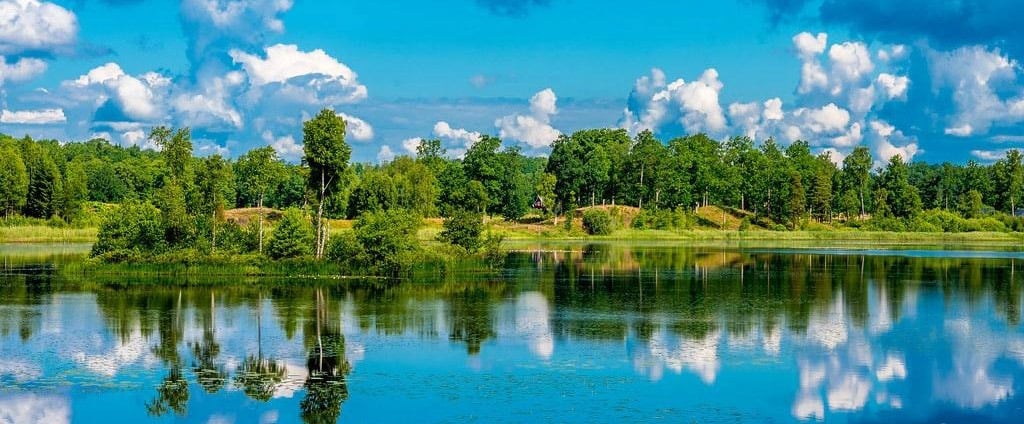

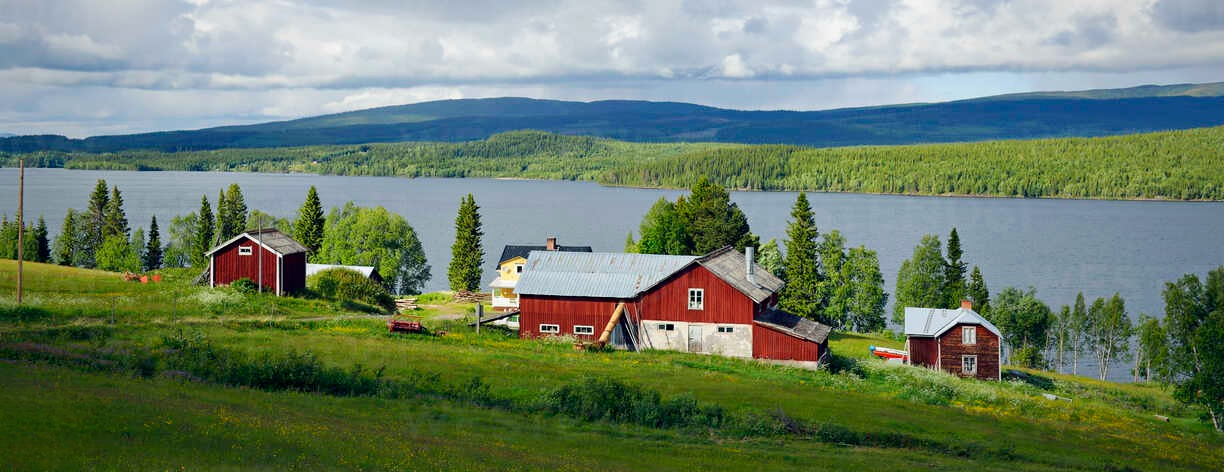


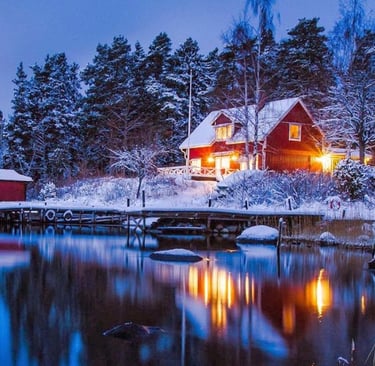
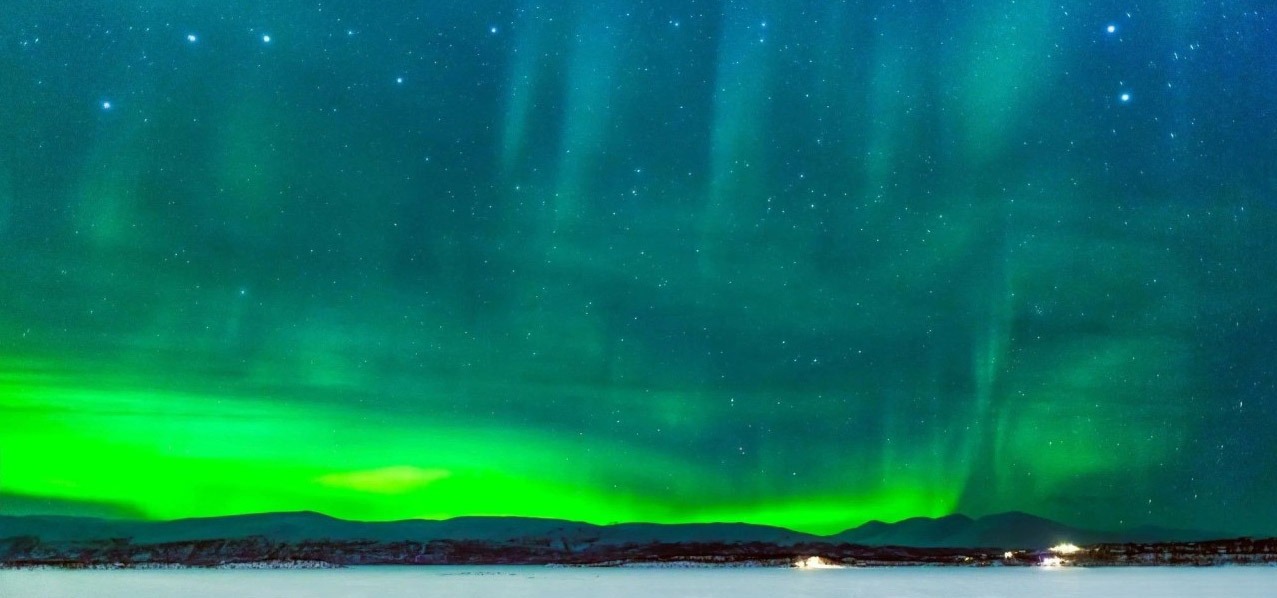

Welcome to my Designs
Welcome to a world of creative expression! Based in the heart of Copenhagen but reaching customers worldwide, I bring over 500 unique designs to life on t-shirts, hoodies, mugs, and more. Passionate about graphic design, I combine Nordic inspiration with global appeal to offer stylish, high-quality merchandise through Shopify/Printify and Teepublic. Whether you’re looking for a cozy sweatshirt or a personalized candle, each product is crafted to make everyday moments extraordinary.
Explore, express, and enjoy!
Welcome to my world of creative expression! Based in the heart of Copenhagen but reaching customers worldwide, I bring over 500 unique designs to life on t-shirts, hoodies, mugs, and more. Passionate about graphic design, I combine Nordic inspiration with global appeal to offer stylish, high-quality merchandise through Shopify/Printify and Teepublic. Whether you’re looking for a cozy sweatshirt or a personalized Coffee Mug, each product is crafted to make everyday moments extraordinary.
Explore, express, and enjoy!
Advertisment for our Merchndise Shop











